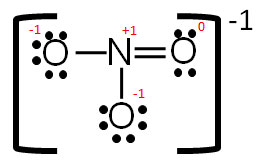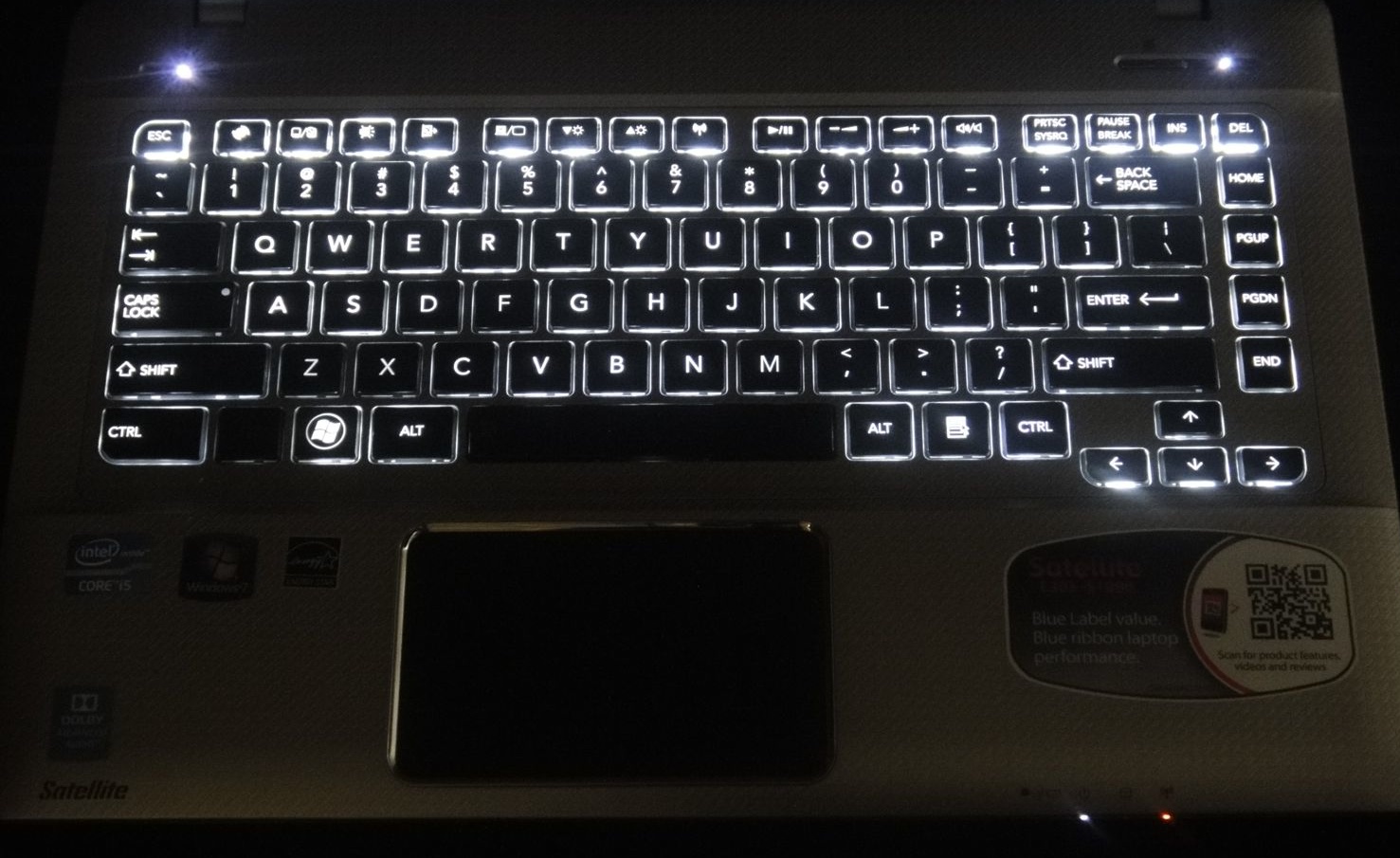In a similar sense, the two Lewis structures for the SO 2 molecule are in resonance. They mix to give a hybrid that is more than the sum of its components. The fact that SO 2 is a resonance hybrid of two Lewis structures is indicated by writing a double-headed arrow between these Lewis structures, as shown in. Get the free 'Lewis Structure Finder' widget for your website, blog, Wordpress, Blogger, or iGoogle. Find more Chemistry widgets in Wolfram Alpha. A step-by-step explanation of how to draw the Lewis Structure Oxygen Gas (Dioxygen).For the O2 Lewis structure, calculate the total number of valence electro. In this lesson students learn how to write Lewis Structures for covalent compounds. This builds on their prior knowledge of how to write Lewis Structures for Ionic Compounds from Unit 3 Lesson 4 and students knowledge of Covalent Compounds from Unit 3 Lesson 6. This lesson aligns with NGSS Performance Expectation: HS-PS1-2: Construct and revise an explanation for the outcome of a simple.




Ahnlab antivirus windows 10. Lewis Structures are important to learn because they help us predict:
- the shape of a molecule.
- how the molecule might react with other molecules.
- the physical properties of the molecule (like boiling point, surface tension, etc.).
That helps us understand and predict interactions with things like medicine and our body, materials used to make buildings and airplanes, and all sorts of other substances. Lewis structures don't tell us everything, but along with molecule geometry and polarity they are hugely informative.
Covalent Lewis Dot Structure
| Search 100+ Lewis Structures on our site. (Opens new window.) |
Covalent Lewis Dot Structure Calculator Answer

Ahnlab antivirus windows 10. Lewis Structures are important to learn because they help us predict:
- the shape of a molecule.
- how the molecule might react with other molecules.
- the physical properties of the molecule (like boiling point, surface tension, etc.).
That helps us understand and predict interactions with things like medicine and our body, materials used to make buildings and airplanes, and all sorts of other substances. Lewis structures don't tell us everything, but along with molecule geometry and polarity they are hugely informative.
Covalent Lewis Dot Structure
| Search 100+ Lewis Structures on our site. (Opens new window.) |
Covalent Lewis Dot Structure Calculator Answer
Click the Chemical Formula to see the Lewis Structure Toshiba Satellite S70-B - Keyboard backlight not working? Hello, I purchased a brand new Toshiba Satellite S70-B laptop with Windows 8 on it. When I received it, I removed the harddrive and installed a SSD with Windows 7 on it. After getting help from Toshiba support, all the drivers and harware seem to. Enable Toshiba Keyboard. Normally, people tend to press the Shift key to enable the keyboard. I have a toshiba satellite M35X-S149 with what appears to be a bad LCD backlight. So i bought a 'new' LCD screen to install. However, once I installed the screen, the same thing happened that the last screen was doing. The video would show up VERY faintly and the external video would work, but the backlight would not work. See how you can fix the keyboard not working with some keys on the Toshiba laptop.FOLLOW US ON TWITTER: US ON FACEBOOK: http://on.f. Keyboard back-light now persists after boot, keyboard controls don't work (probably a distro issue not a kernel problem). The command su -c 'echo 0 brightness' for the illumination device now toggles both mouse illumination and button strip illumination (previously only mouse illumination).
| Steps for Writing Lewis Structures
Advanced Steps Blackweb gaming mouse not working. Notable Exceptions to the Octet Rule
|
